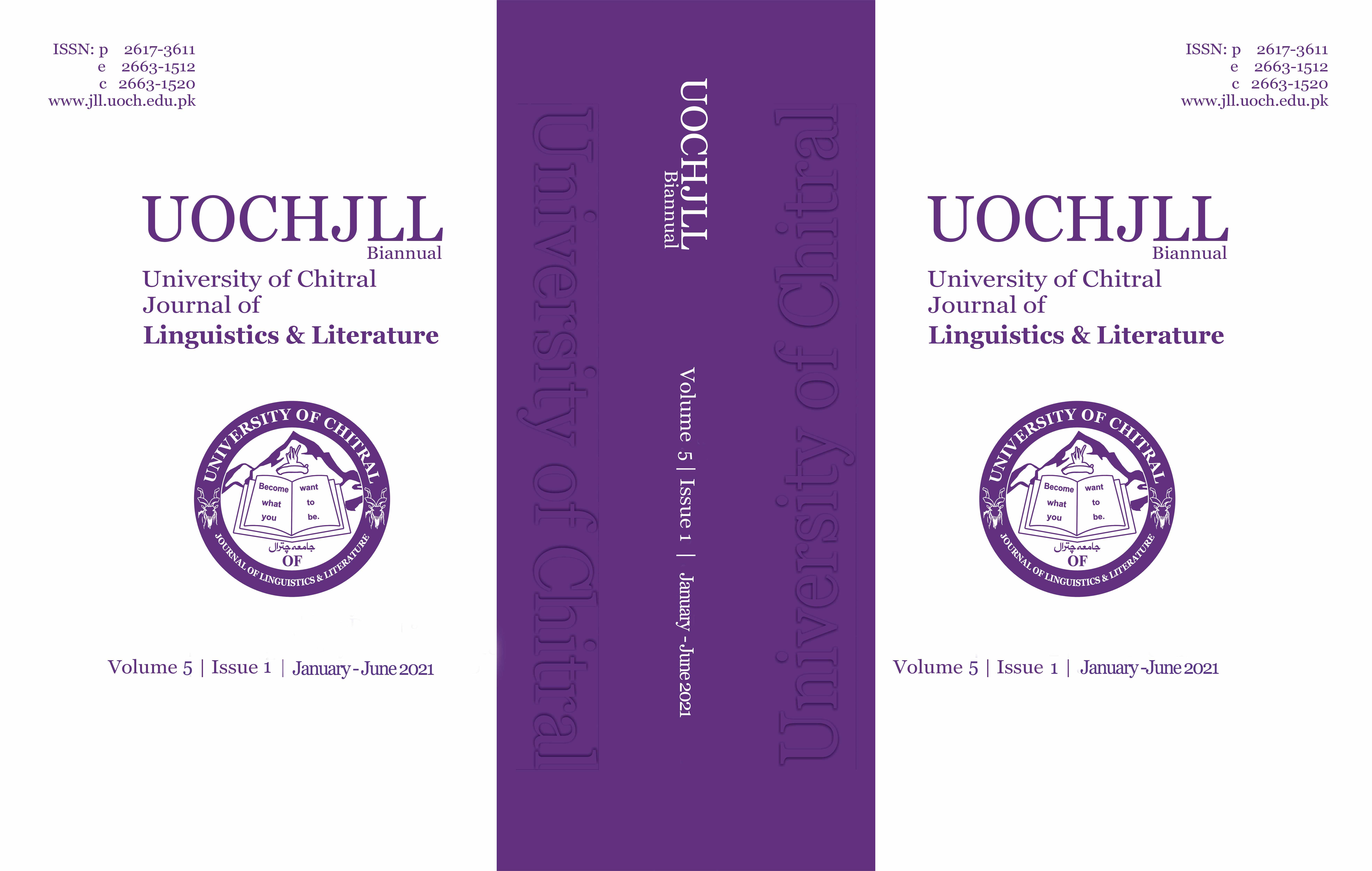Pakistani Anglophone Young Adult Fiction and the Art of Commodification of Culture: An Insight to Sheba Karim’s The Skunk Girl and Rukhsana Khan’s Wanting Mor
DOI:
https://doi.org/10.33195/rvyxce43Keywords:
Culture Commodification, Heterogeneous, Homogeneous, Hybrid, YA FictionAbstract
This article aims to explore the art of commodification of culture deployed in the Pakistani Anglophone Young Adult (YA) fiction with special reference to Sheba Karim’s The Skunk Girl (2009) and Rukhsana Khan Wanting Mor (2010). It has been contextualized in the postulates of the commodification of culture highlighted by Nederveen Pieterse in his work Globalisation and Culture: The three Paradigms. The term commodification has gained immense popularity in the contemporary era of globalization partly because of free trade and the economy. Culture in principle is one of the essential standpoints of globalization owing to its subtlest but the most penetrating tentacle in general and its capability to commodify in particular. Having a base in the economy, culture has been systematically commodified as a heterogeneous, homogeneous, or hybrid form to be sold either physically in galleries, museums, and tourist spots. The literature by South Asian writers has been altered to present the cultural illustration as hybrid, heterogeneous, or homogenized. Which according to Pieterse is the form of commodification of culture. It is this aspect that the present article intends to explore to assert that the success of YA Fiction is undoubtedly owed to aesthetic and academic merits but mainly due to the successful deployment of the technique of commodification of culture.
Downloads
Published
Issue
Section
License

This work is licensed under a Creative Commons Attribution 4.0 International License.
You are free to:
- Share — copy and redistribute the material in any medium or format for any purpose, even commercially.
- Adapt — remix, transform, and build upon the material for any purpose, even commercially.
- The licensor cannot revoke these freedoms as long as you follow the license terms.





